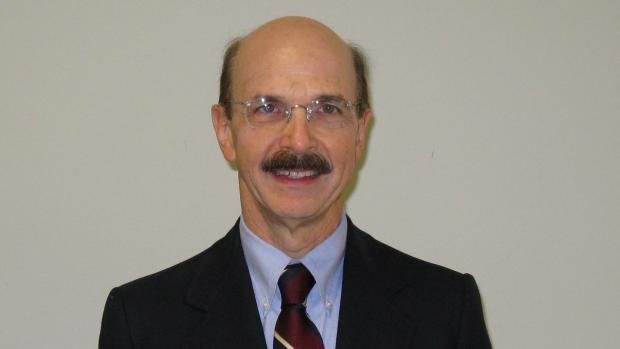A longtime Financial and Risk Engineering professor celebrates the past but keeps his eyes fixed on the future
Ron Slivka has inspired countless students in quantitative finance — and is looking forward to educating even more in this field

Adjunct Professor Ron Slivka
Like many financial professionals on Wall Street, Ron Slivka routinely spent 12 hours a day at the office, in his case working as one of the industry’s earliest quants, as those who solve financial problems using quantitative methods are now called. The first Ph.D. on the trading floor at Salomon Brothers, he was known for designing quantitative financial derivative solutions for a wide variety of corporations, financial institutions, and investment funds as they sought to control market risks and enhance asset returns.
It was a challenging and rewarding career, and he couldn’t imagine wanting to do anything else. That changed in 1998. That year, a colleague, Fred Novomestky, who was serving as the academic director of the finance and risk engineering program at what was then known as Polytechnic University (a precursor to NYU Tandon), approached him with an idea: the school had facilities at 55 Broad St. in Lower Manhattan, not all that far from Salomon Brothers, so after the Wall Street workday was done, Novomestky proposed that Slivka develop and teach an evening course on financial derivatives for graduate students.
Slivka initially demurred — he had graduated with his doctoral degree in physics from the University of Pennsylvania almost two decades before and had little interest in rejoining the world of academia — but Novomestky persevered, convincing his reluctant colleague that students could benefit from the derivatives knowledge he had acquired through designing practical industry applications.
“He did me an enormous favor,” Slivka now says. “Teaching quickly became a vital part of my life.”
That first evening class in 1998 attracted 15 students — each of whom arrived at 55 Broad St. after a full day of working in banking, brokerage, or related fields. Enrollment in financial engineering steadily rose, as did the department’s reputation, and Slivka soon began developing additional courses, supervising research projects, and coaching student teams participating in national and international trading and investing competitions.
Each year for almost a decade, FRE teams Slivka coached have brought back competition honors (often first-place results) for the department, and visitors to the FRE office are greeted by an enormous display case of trophies attesting to that fact. Team members often assert that while they work hard, much of the credit for their stellar performances goes to Slivka. He explains his dedication to that pursuit, saying, “Competitions like these supplement more formal class work in an important way by requiring students to think of and create solutions that are both Out-of-the-Textbook and Out-of-the-Classroom, blending theory and practice. Even more important than trophies, students come home with resume-enhancing achievements and a well-deserved sense of accomplishment."
It would be easy to rest on those laurels, but Slivka — who was the recipient of the first-ever provost’s award given to an adjunct professor for contributions to student learning, as well as the 2015 FRE Award for “dedication and outstanding service beyond all expectations to our students, faculty and staff” — holds that as finance, technology, and pedagogy change, he must change along with them. He regularly adjusts his course content to reflect current developments in derivatives theory and practice, and he has recently been addressing the question of how to use Generative Artificial intelligence (GAI) models in his classes — a topic of much reflection by teachers at all levels.
“To be productive in the changing workplace, our graduating students must be equipped with GAI skills, and it’s our responsibility to be sure that happens,” Slivka says. “To be a teacher, you must also be willing to learn and adapt quickly, and this is a good example.” Over the summer, he revised his weekly exercises, special assignments, and final project to actually require the use of GAI in an ethically and responsible manner. “For students, the opportunities for deep and rapid learning using GAI are motivating, and the future for teaching with GAI is stimulating for faculty members,” he says. “Moreover, the potential for creative GAI applications in the workplace is exciting to contemplate.”
“All in all,” he concludes, “I am happy to be teaching at this moment in the evolution of financial engineering, grateful for the chance to work with faculty colleagues whose friendship I value highly, and thrilled to have such bright and motivated students.”




